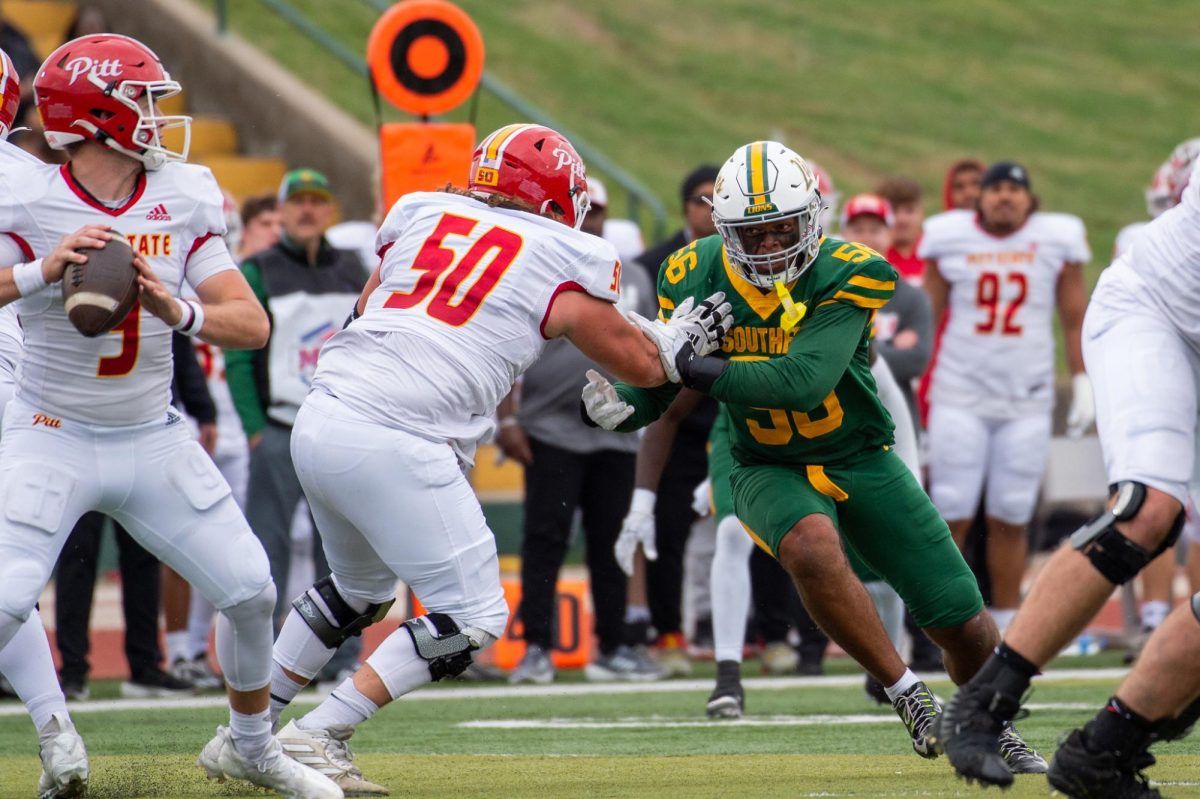When Dylan went electric
This year marks the 55th anniversary of a very important and pivotal moment in rock and roll. Not just rock, but popular music in general. That moment being when Bob Dylan “went electric”.
He combined the rhythm and style of rock with his own poetic lyricism, completely changing what a rock song could be and moving the genre into uncharted territory.
On March 22, 1965, Dylan released his fifth studio album, Bringing It All Back Home. The music contained on the A side of the record came as a surprise to his fans who considered him the leading folk-poet and protest artist of the day.
It is true, Dylan was inspired by the life and work of Woody Guthrie, who used his voice and guitar to shine a light on racial tension and the plight of the working-class. In the early days of his career, Dylan travelled the country singing songs about racism, the war industry and political unrest, like Guthrie before him.
In 1963, Dylan performed at the historic Freedom March in Washington, DC at the same podium where Martin Luther King Jr gave his legendary “I Have A Dream” speech. It was a period when young people were standing up to authority and an unjust society.
Dylan was a major voice of this movement. The songs he wrote during this time were brilliant and are still considered the standard for protest music.
However, something else was starting to happen around this time that caught Dylan’s attention; the rising popularity of rock and roll music. In early 1964, The Beatles played the Ed Sullivan Show. The Rolling Stones soon followed. Rock music was exploding and the exciting sounds were everywhere. Dylan decided he, too, wanted to be a part of the excitement.
When The Beatles became the most popular band in the world, Dylan was only 22. The Beatles were roughly around the same age, and one thing was obvious by their television appearances and live performances; they were having fun.
Dylan had spent the last several years of his life providing a voice to the marginalized. Indeed, an incredibly noble act, but it is evident by his recordings released in 1964 that Dylan felt his young adulthood was fleeting and he was ready to have fun too.
That year, Dylan released the song “My Back Pages” in which he sung about his disillusionment with protest music. He wanted to put the topical songs behind him and start writing different types of songs, like the ones being recorded by other musicians his age. Fun songs. Rock and roll songs. The chorus to “My Back Pages” consists of the line:
“Ah, but I was so much older then. I’m younger than that now”.
A few months later, that line made more sense to his audience.
Fast forward to March 1965. A new Dylan emerged and Bringing It All Back Home was released. Although not yet a full dive into rock and roll (he would save that for the next year), the first side of the record was a drastic change of style for the protest singer.
First of all, no protest songs. These songs were lose, sometimes nonsensical, and chocked-full of clever word play. The other notable difference? He was backed by a band.
Dylan’s fans considered this a slap in the face because folk music was topical, intellectual and far superior to rock and roll. The album starts with “Subterranean Homesick Blues”, one of the most absurd songs Dylan had written up to that point. It is a nonstop rush of words that lasts over two minutes.
The idea is often thrown around that Dylan was an inspiration to early hip-hop artists. Maybe. “Subterranean Homesick Blues” makes a strong case for that argument.
Side A features more raucous blues-inspired rock songs such as “On the Road Again” and “Outlaw Blues”. “Maggie’s Farm” uses the characters of Maggie and her family as an allegory for the folk music scene for which he refused to be the poster child for any longer. This is the song Dylan opened with later that year at the Newport Folk Festival, a celebration of the music Dylan was putting behind him.
The audience was appalled that he had brought electric guitars and a band with him to perform. He was nearly booed off stage. Cries of “Judas!” were hurled at Dylan from the audience when he attempted to play the new songs.
Side B does feature more of the acoustic folk that he was identified with. After all, it was a turbulent time in America and it was impossible not to comment. This was a statement in and of itself. He was going to make the music he wanted to make and he did not care what his fans thought, be it rock and roll or folk.
As a matter of the fact, side B features one of the best protest songs that he has written in his 60 year career – “It’s Alright Ma (I’m Only Bleeding).
Over the years, Dylan has been known to reinvent himself and adopt different personas. He has been a protest singer, a rock and roller, a country crooner, a country hillbilly, a folk singer…again, and most recently, a gravel-voiced, rambling cowboy backed by a bar band.
Yet, his reinventions started here. Bringing It All Back Home was the statement that he would not be pigeonholed into one specific genre. Nor would he be pressured into being the voice of generation. By doing so, he created some of the best rock records of the 60s and 70s, such as Highway 61 Revisited and Blood on the Tracks. But it all started here, with Bringing It All Back Home.
So, while you’re in quarantine, celebrate the 55th anniversary of the record and the impact it had on popular music.
Your donation will support the student journalists of Missouri Southern State University. Your contribution will allow us to purchase equipment and cover our annual website hosting costs.
















